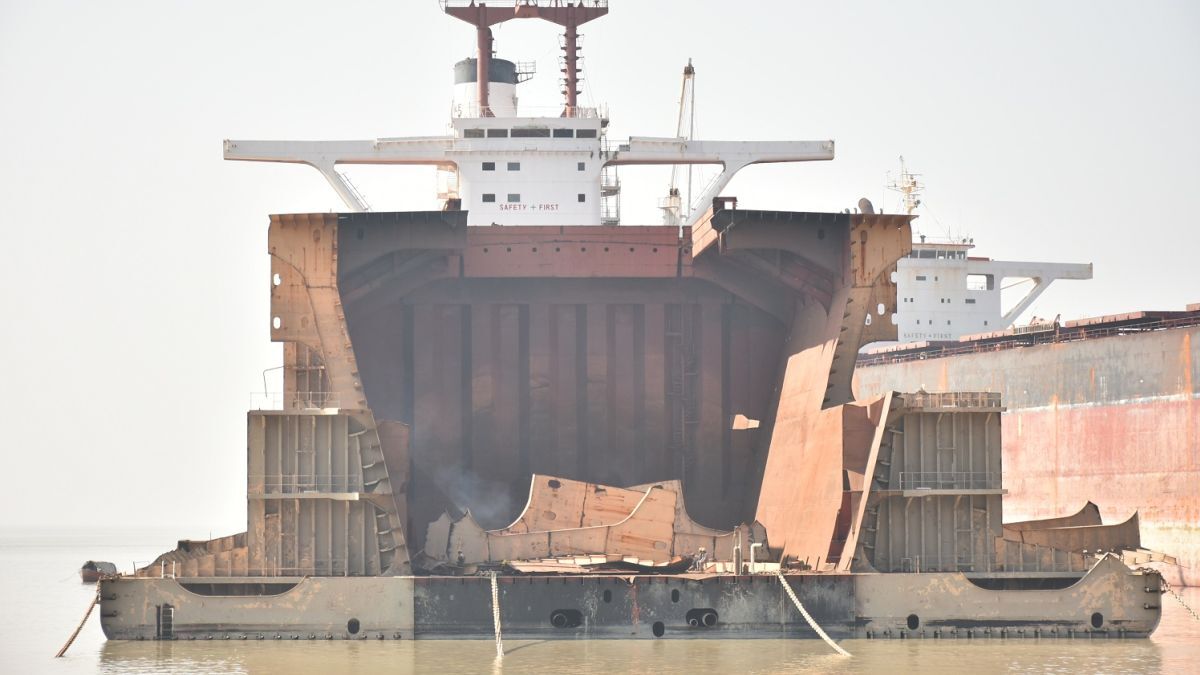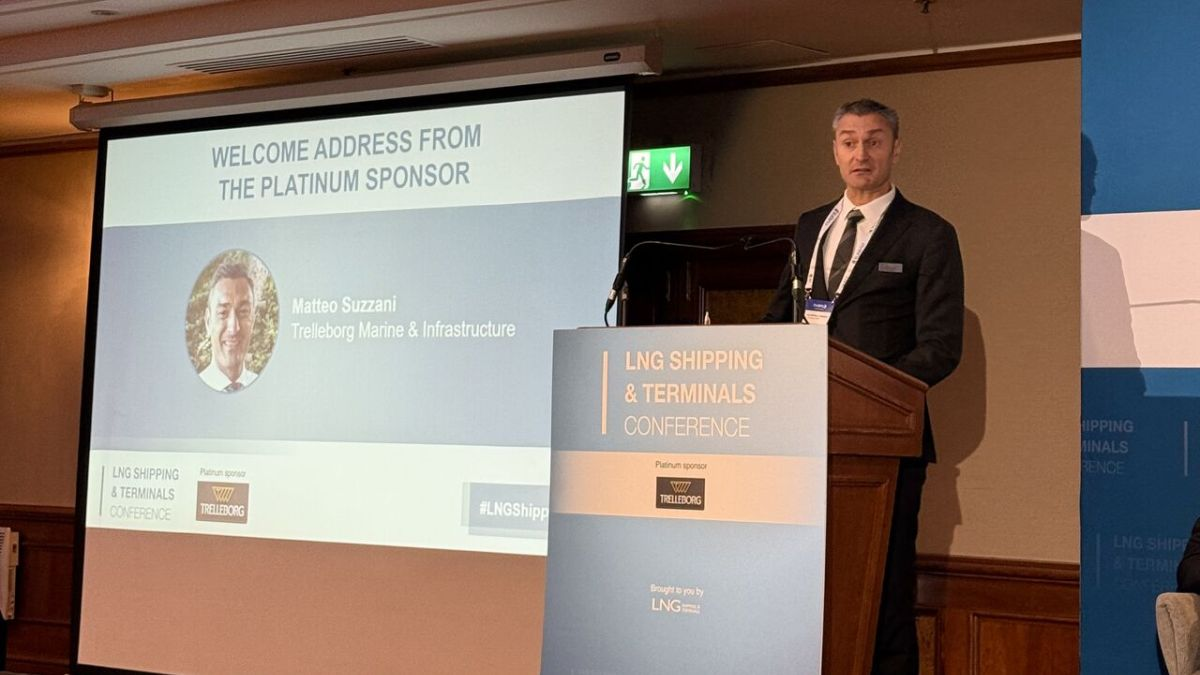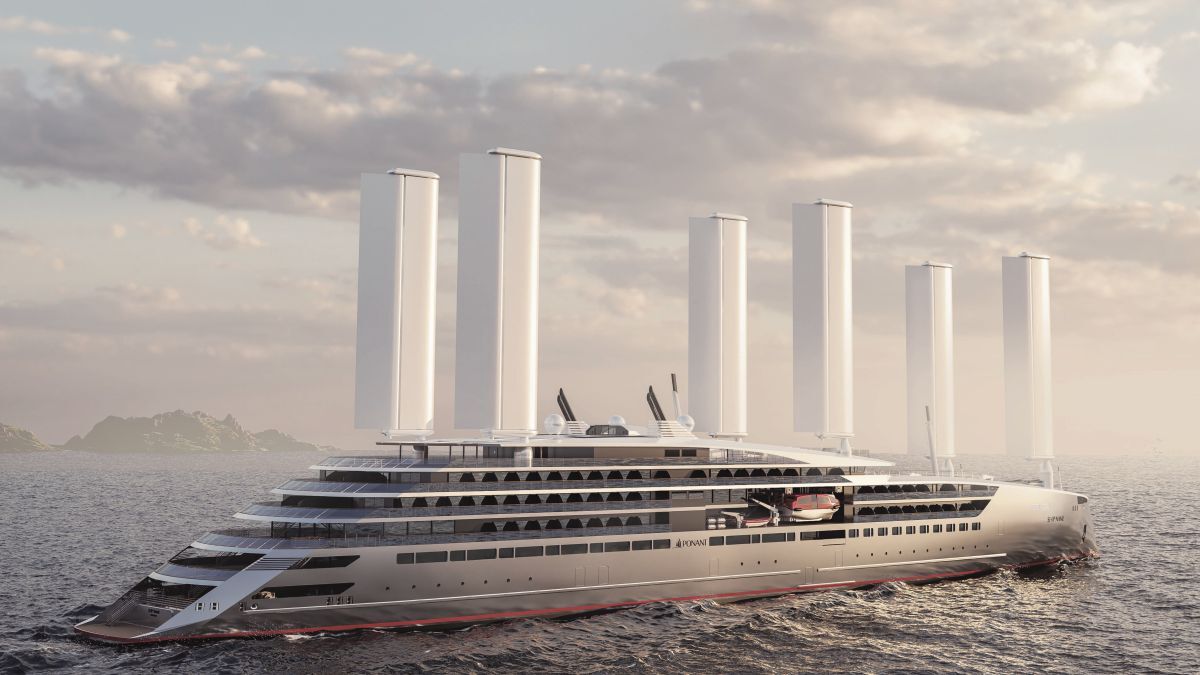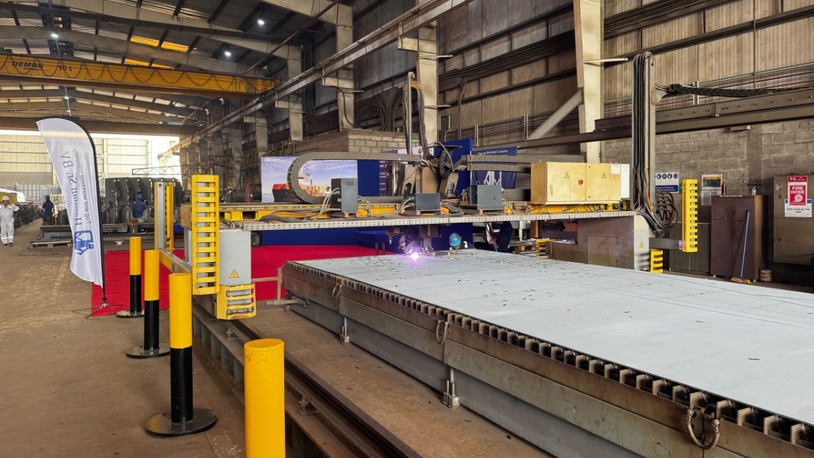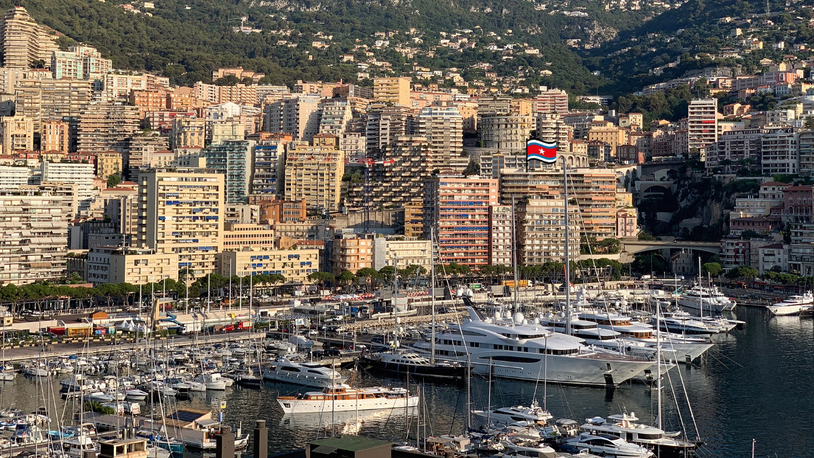Business Sectors
Events
Vessel Optimisation Webinar Week
Contents
Register to read more articles.
Breaking up is hard to do: why ship recycling needs reform
Recycling issues should be considered right from the outset of a vessel’s design, with more easily disposable equipment specified from the start
Shipowners may have to bite the bullet and pay a premium to design more easily recyclable vessels under increasingly prescriptive regulations, according to International Ship Recycling Association (IRSA) director Reinoud Pijpers. Mr Pijpers made the observation while speaking at Riviera Maritime Media’s webinar, The many benefits of designing newbuilds for recycling in late September.
But the “beach” sector of the recycling industry in Bangladesh and elsewhere may also have to run their businesses by higher standards, as a more level playing field is enforced.
More positively, beach recyclers could extract considerably more profits from obsolete ships if they were provided with deeper information about the market value of a wide variety of components. Currently, most ships are broken up just for steel and potentially saleable items binned.
The industry needs reform, argued Mr Pijpers. IRSA sets strict guidelines on everything from the treatment of asbestos to safety precautions, all of which require investment. “There is no level playing field,” he said. “Competition with the beaches is unequal and unfair.”
Backing the views of the other panellists, he said that recycling should be considered in the earliest phase of the design process. Interestingly, Mr Pijper raised the issue of the vessel’s planned operating life as a factor in recycling. If it is designed for less than 30 years, the hull could be made thinner and new technology introduced.
The bad news is that recyclable design is hardly on the agenda yet, as Anantha Padmanabhan, managing director for Europe of Singapore-based ship design group SeaTech Solutions, explained. One of the difficulties in recycling is the dearth of information about the materials, equipment and fittings to be dismantled. Much of it is widely scattered across documents, rather than neatly summarised. Also, the ships themselves are not designed for their ultimate and inevitable breakup. Access to different sections is difficult. Hazardous materials are present. It is inherently dangerous to cut up a vessel. And finally, the eventual disposal of parts is haphazard.
“The ships themselves are not designed for their ultimate and inevitable breakup”
Some of these problems, said Mr Padmanabhan, arise from the design of the vessel itself, since ships have traditionally been built primarily for their operational life and not for recycling. That is why it is preferable “to consider recycling issues right from the start of the design,” he said. That would require designers to specify the use of equipment that is more easily disposed of, such as standardised components and non-hazardous and recyclable materials, and to minimise the variety of fixtures and fittings. They could also avoid prescribing special fixtures that take longer to remove, perhaps requiring special tools.
“It is a good idea to consider dismantability right from the beginning,” he summarised. There is a bonus in this, added Mr Padmanabhan, because it makes for a more easily operated vessel.
A ship’s obsolescence must be considered at the outset, emphasised Dr Rafet Emek Kurt, associate professor Strathclyde University’s faculty of engineering, Europe’s largest marine technology research institute. Currently, only the steel in obsolete ships is fully recycled because it attracts good prices. “Most of the products, parts and equipment do not complete the circle,” he said, adding, “There is no link between end-of-life and the ship’s design.”
In the European remanufacturing sector, an important element of the circular economy, the maritime industry lags every other industry by a considerable margin. As Dr Kurt pointed out, it has a “remanufacturing intensity” of just 0.3%, putting it far behind other giant transport industries such as aerospace (11.5%) and automotive and rail (both 1.1%). Only seven firms in Europe conduct remanufacturing operations in maritime, compared with 1,000 in aerospace, 2,360 in automotive and 30 in rail.
However, these seemingly dire numbers are balanced by recycling percentages that put ships in the top tier by other measures. According to Mr Pijper, at least 97% of ships are recycled compared with 80% of vehicles in general. This is mainly because so much of the vessel can be put to further use. “That’s the first step you have to take, not in recycling but in reuse,” he said.
But does the recycling industry fall short? A poll conducted during the webinar revealed an even divide on whether ship-recycling facilities had the capacity and knowhow to conduct remanufacturing or reconditioning of the equipment in end-of-life ships or offshore structures.
And what premium might shipowners pay? Another poll found that 38% would pay up to 10% more for a design that included ship recycling and 29% would pay up to 5% more, while just 4% would pay up to 15%.

However, the principle of recycling received strong support; 54% “strongly agreed” that ship recycling starts with design.
Still, the path to recycled ships is littered with obstacles. Echoing Mr Padmanabhan, Dr Kurt cited the absence of standardisation, outdated equipment and machinery after an average operational life of 20 years, and the continuing use of highly toxic materials, despite bans.
On the bright side, helpful methodologies are emerging as the industry grapples with recycling. For instance, there is better information about what equipment can be reused, remanufactured or recycled in ways that maximise the break-up value of the vessel. According to Dr Kurt, the top 10 machineries in terms of value to other industries, such as agriculture, are the main engine, emergency and main generators, air-conditioning, purifiers, air compressors, cranes and derricks.
“Competition with the beaches is unequal and unfair”
Also, added Mr Pijper, financial institutions are stepping up to the mark. For instance, European Investbank refuses funds for newbuilds that are not designed under European recycling regulations, while other financial institutions are drawing up similar guidelines under the principles of sustainable lending.
Summing up, the panellists agreed that lifecycle analysis should be integrated into the original ship design. But barring regulation, ultimately the decision remains with the owner.
Related to this Story
Events
LNG Shipping & Terminals Conference 2025
Vessel Optimisation Webinar Week
Marine Coatings Webinar Week
Maritime Environmental Protection Webinar Week
© 2024 Riviera Maritime Media Ltd.


